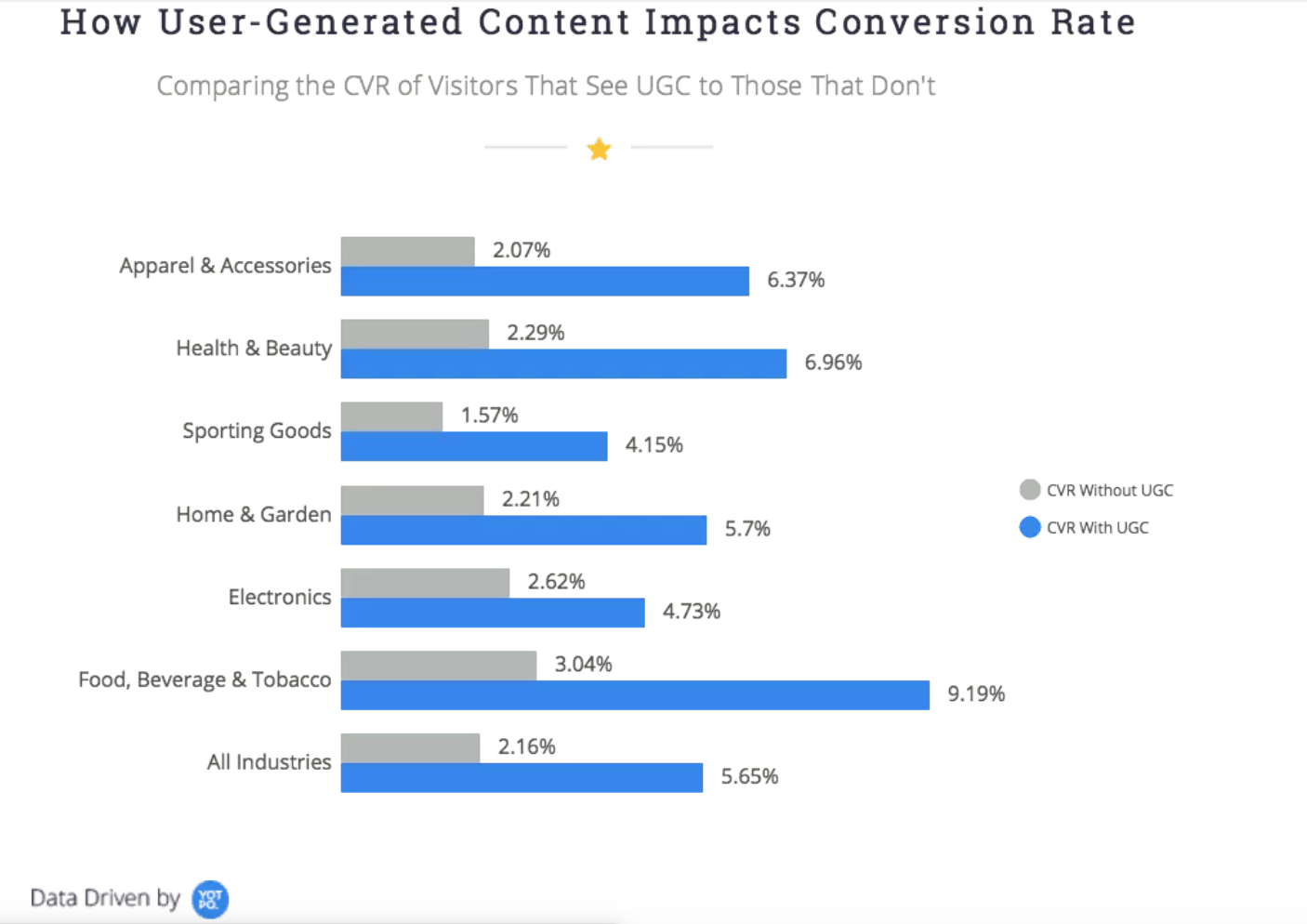Why Ecommerce Personalization Is Important
The most successful brands are ones that discover how to engage their customers and keep their attention so they come back, and one of the most effective ways to accomplish both is ecommerce personalization. Onimod Global experts are here to break down some of the best Ecommerce personalization tips to ensure your customer retention and conversion rates are optimized to the fullest potential.
1. Incorporate intelligent product-detail page recommendations
Product-detail page (PDP) recommendations show your customers similar or products that are complementary to the ones they’re already interested in. This simple yet complex feature increases the shopping cart values of customers in significant amounts. Here you can leverage dynamic up-selling by recommending items that are higher in price but similar in style or by brand. These products are the ones with higher margins and are also proven to have the best conversion rates.
2. Show continuous shopping for returning customers
POV: It’s a lazy Sunday, and your netflix has asked 3 times now if you’re still watching. This has been such a powerful tool in terms of customer retention and keeping customers on the Netflix app. The same type of tactic can also be applied to the Ecommerce experience. With Netflix, instead of manually searching and scanning through hundreds of shows and movies, you can pick up right where you left off with a simple shortcut on your screen.
Similarly, this approach remembers your visitor’s selected items and preferences through previous sessions and makes it easier for them to pick up right where they left off. Fair to admit that this isn’t a very complex algorithm, however it’s valuable because the buying process is made that much more simple for the customer encouraging conversion behavior.
3. Create customized bestseller lists to drive click-throughs
People are automatically drawn to popular products whether it be music, clothing, books, food trends, the list goes on. One of the best tools to take advantage of here is showing the bestsellers with a twist—by adding in the dimension of time. You can show the bestselling products over the last 24 hours, or dial in the past one hour, depending on how much traffic you have.
This is the best tip that definitely allows for you to get creative with this approach. For example, instead of ranking products by sales, try displaying the most reviewed or segment by location. Showing best sellers by location is particularly powerful if you sell fashion in multiple climates. It’s also a huge advantage if your store specializes in a specific type of niche product like prom dresses or sports gear. Your customers from Los Angeles probably aren’t shopping for the same clothing in winter as your shoppers from New York City are. It’s all about discovering what works best for your unique products and customers.
More from Onimod Global
Onimod Global is looking forward to the future and helping your business reach your full Ecommerce potential. Interested in growing your Ecommerce business? Reach out to us here!
Onimod Global releases the latest digital marketing news and essential marketing tips every Tuesday and Thursday! To catch up on the top digital marketing news and trends, click here. To find out more about who we are and what we do, click here.


